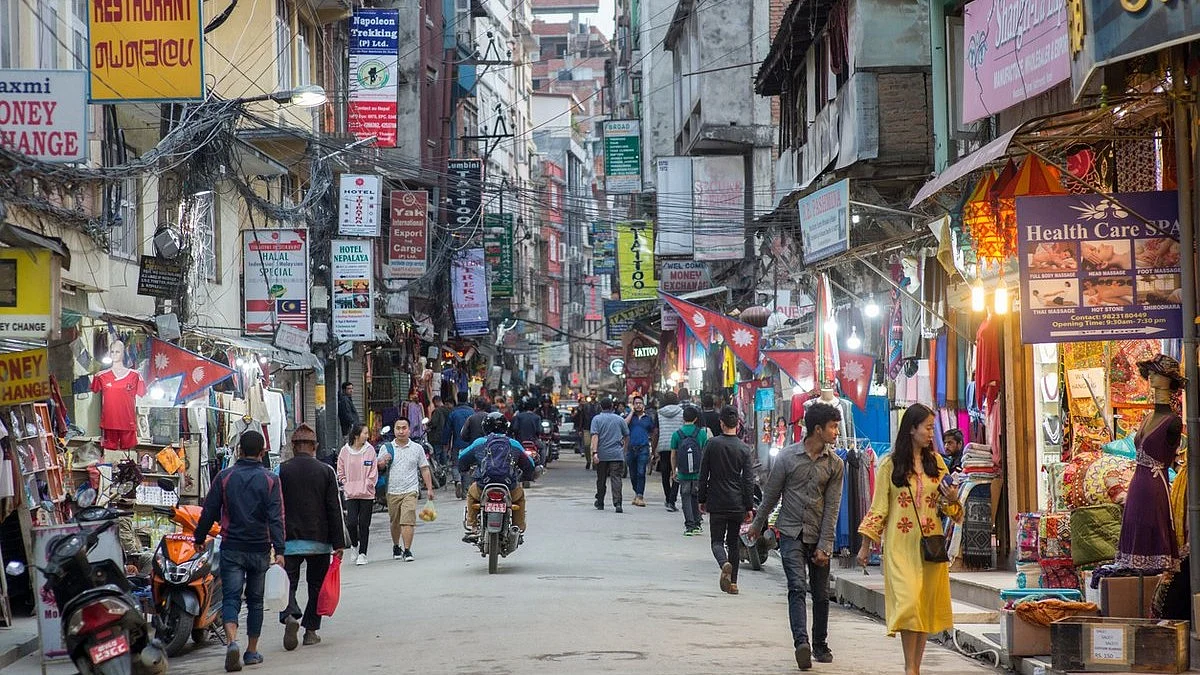Worrying signs in economy, says Nuvama; Jairam Ramesh calls for ‘genuine reforms’
The data suggests that India’s economic narrative may be outpacing its ground realities, with critical sectors underperforming for early FY26

Nuvama Institutional Equities, in its latest report titled India 2025: Another Tryst With Destiny, has offered a measured assessment of the Indian economy, noting that while growth remains on track, several underlying challenges persist.
The report released on 16 July has pointed to areas such as reform inconsistency, income disparity and job creation as requiring greater policy focus to ensure that India’s economic progress remains inclusive and sustainable. It has also brought out reactions from the Congress party.
Reforms: two steps forward, one step back
One of the most pointed criticisms in the report centres on the inconsistency of India’s reform agenda. While the country has enacted ‘transformative’ policies such as the Goods and Services Tax (GST), the Real Estate Regulation Act (RERA) and demonetisation, the overall reform trajectory is described as halting and hesitant.
Characterised by a ‘two feet forward, one foot back’ approach, the report notes that India continues to lag behind some of its more agile Asian peers, largely due to policy uncertainty and a stop / start approach to critical reforms. ‘Its ability to reform has over decades been questionable,’ the report states, suggesting that bold announcements have too often lacked sustained follow-through.
Low per capita income and persistent inequality
Despite being among the world’s fastest-growing major economies, India still ranks low on per capita income. The report projects that by 2025, India’s per capita income will hover around USD 3,500 — placing it well below the threshold of upper-middle-income nations. This suggests that millions remain on the margins of economic prosperity.
Moreover, inequality remains a deep and structural problem. India, the report notes, continues to be ‘a low-income country with disparities’. Many citizens remain excluded from the growth narrative, and the ‘service of India’, the authors write, must translate into ‘service of the millions who economically lag’.
Job creation and weak execution
The challenge of job creation is highlighted as a key fault line in India’s economic architecture. While India’s demographic dividend presents a significant opportunity, the report expresses concern that the country has failed to generate sufficient quality employment for its youthful population.
‘Growth challenges and many of our people are sorrow-stricken,’ the report laments, pointing to the stark mismatch between population growth and job creation. Without urgent intervention, India risks squandering one of its biggest potential advantages.
India’s struggle to execute reforms in labour, agriculture, and public administration is also cited as a major roadblock. The report urges policymakers to not only legislate reforms but ensure effective implementation. It notes that economic ambition alone will not suffice unless it is matched by capacity and competence in execution.
‘India still has more to reform — and to execute, and execute well, to give reality to her dreams,’ the report states, underlining the urgency for institutional capacity-building and systemic reform.
What the report recommends
While candid in its assessment, the report is not pessimistic. It offers a roadmap for India to achieve its long-promised economic destiny:
Accelerated and Consistent Reforms: Complete the unfinished reform agenda in labour markets, agriculture, and governance. Build modern, efficient institutions and ensure policy continuity.
Inclusive Growth: Ensure financial inclusion reaches every citizen. Improve access to credit and elevate financial literacy to foster more equitable participation in economic growth.
Job Creation and Skills: Focus on labour-intensive sectors, promote entrepreneurship, and invest in skills development to tap into the demographic dividend. Infrastructure and urbanisation should be leveraged to drive employment.
Institution Building: Strengthen legal and institutional frameworks to ensure justice, opportunity, and long-term economic resilience.
Balanced Optimism: While celebrating India’s progress, the report cautions against complacency. ‘India will have to do much before she redeems the pledges and promises her many constituents,’ the report concludes.
Course correction
The report strikes a balance between acknowledging India’s macroeconomic gains and warning against the pitfalls of uneven development. As the country approaches a new economic horizon, the message is clear: meaningful change will require more than slogans and statistics — it will demand hard reform, social investment and sustained political will.
In the words of the report’s authors, India still has the opportunity to make a real ‘tryst with [economic] destiny’, but only if it listens to the echoes of its own unfulfilled promises.
In a strong reaction on Twitter, Congress leader Jairam Ramesh posted that the findings confirm what the Opposition has long been warning about — an economy losing steam beneath the headline numbers. He pointed out that sluggish high-frequency indicators, weak private consumption, a slow start to industrial activity in FY26, declining rural prosperity, and cost-cutting across the corporate sector all point to deeper structural issues.
Ramesh stressed that what the economy needs is not hollow slogans, but a genuine booster dose in the form of comprehensive reforms — starting with a rational overhaul of GST, an end to tax harassment and the dismantling of policies favouring a select few corporate conglomerates.
Follow us on: Facebook, Twitter, Google News, Instagram
Join our official telegram channel (@nationalherald) and stay updated with the latest headlines
